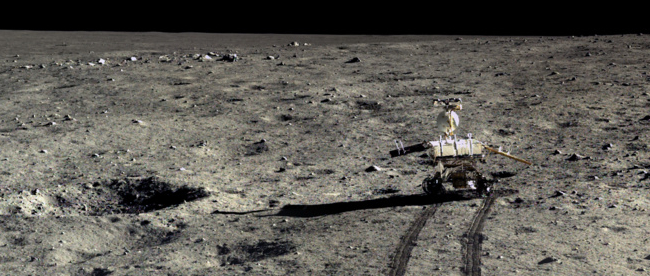Third Lunar X-prize competitor signs launch contract
The competition heats up: The Google Lunar X-prize has confirmed that a third competitor, Synergy Moon, has signed a launch contract to send its privately built and funded rover to the Moon.
The Synergy Moon mission will use a Neptune 8 rocket, built and launched by Interorbital Systems, to carry a lunar lander and at least one rover to the surface of the moon, launching from an open-ocean location off the California coast during the second half of 2017. Team Synergy Moon is one of three Google Lunar X-Prize teams now set to compete in 2017, joining SpaceIL and Moon Express. The remaining 13 teams have until December 31, 2016 for their launch agreements to be verified by X-Prize in order to proceed in the competition.
In looking at the website of the launch company, I am not impressed. I hope they succeed, but I would not put much money on this Lunar X-Prize competitor.
The competition heats up: The Google Lunar X-prize has confirmed that a third competitor, Synergy Moon, has signed a launch contract to send its privately built and funded rover to the Moon.
The Synergy Moon mission will use a Neptune 8 rocket, built and launched by Interorbital Systems, to carry a lunar lander and at least one rover to the surface of the moon, launching from an open-ocean location off the California coast during the second half of 2017. Team Synergy Moon is one of three Google Lunar X-Prize teams now set to compete in 2017, joining SpaceIL and Moon Express. The remaining 13 teams have until December 31, 2016 for their launch agreements to be verified by X-Prize in order to proceed in the competition.
In looking at the website of the launch company, I am not impressed. I hope they succeed, but I would not put much money on this Lunar X-Prize competitor.

